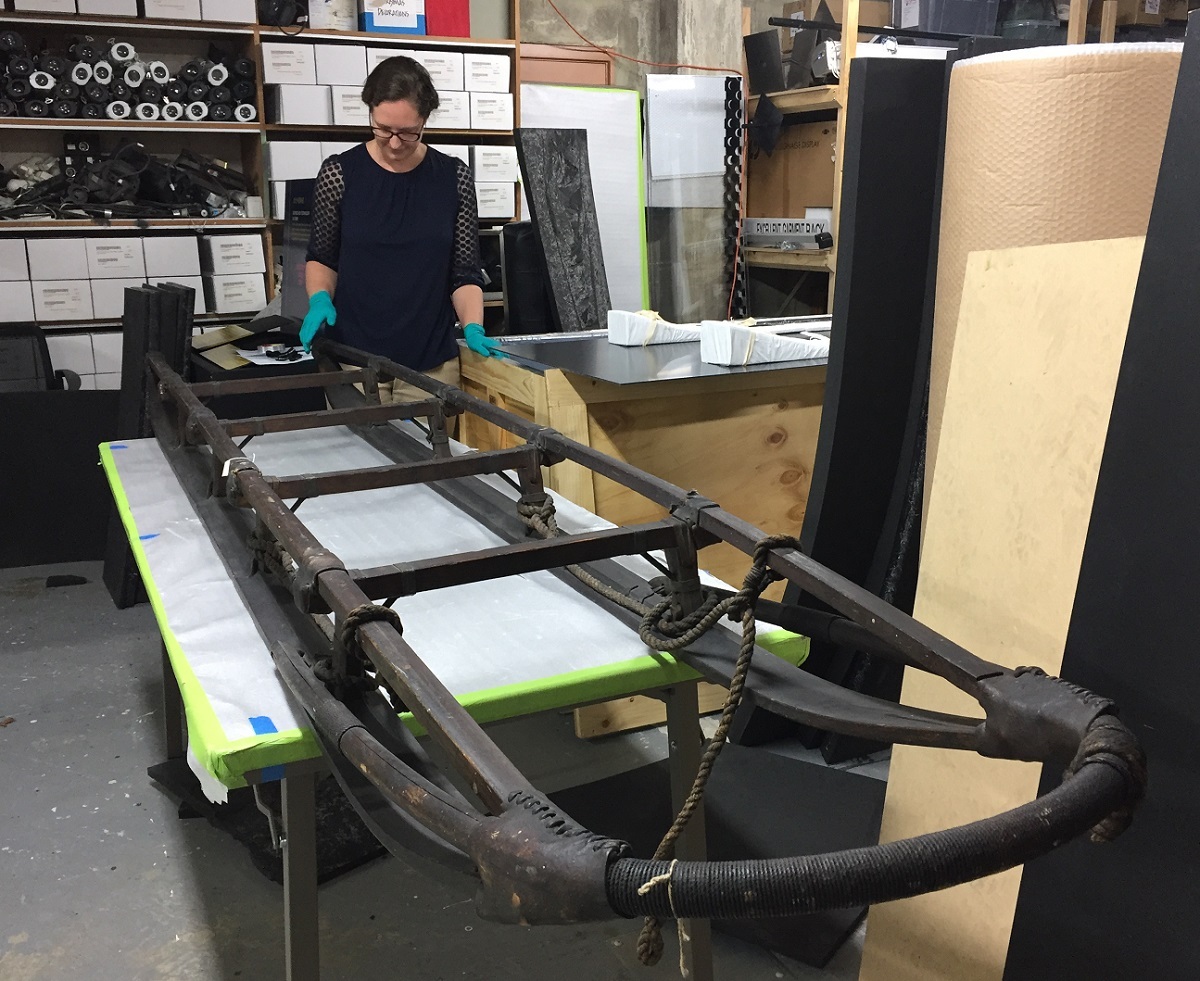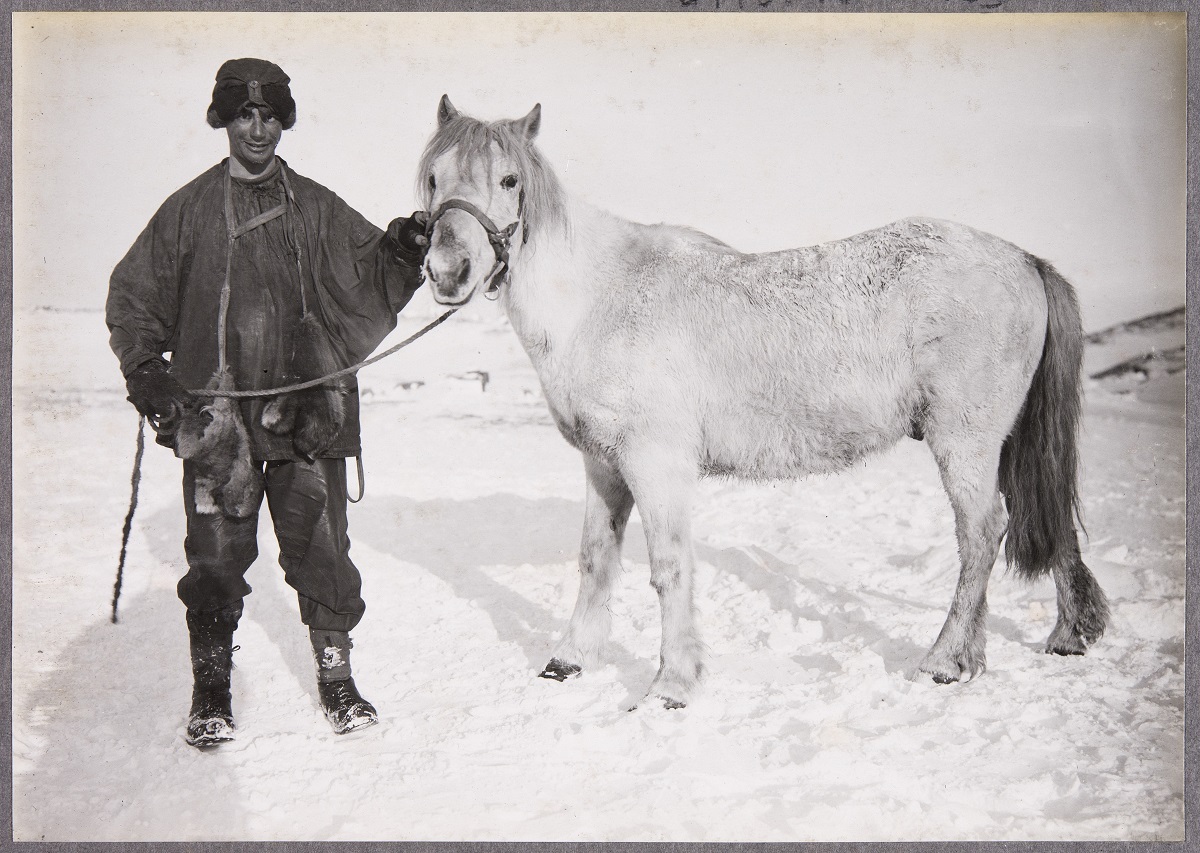Canterbury Museum has loaned a sledge used on Captain Robert Falcon Scott’s British Antarctic Expedition (1910–1913) and other expedition objects to the Field Museum in Chicago for a major new exhibition Antarctic Dinosaurs that opens in June 2018.
Though Antarctica today can be a forbidding land of snow and ice, 200 million years ago it was part of the supercontinent Gondwana – a wooded, lush habitat where dinosaurs thrived.
Visitors to the exhibition will start their journey to Antarctica by following in the footsteps of early explorers and today’s scientists, from Scott to the Field Museum’s own curators. This will include a comparison of the survival gear from the heroic age of Antarctic exploration and discovery with the clothing and equipment used today.

Other objects on loan to the Field Museum include an ice pick, clothing worn by expedition members recovered from Scott’s Hut at Cape Evans and snow shoes worn by expedition ponies that were later shot for food.
The expedition’s dual objectives were to reach the South Pole and to carry out scientific exploration of the continent.
Fossils had been found in Antarctica from the late nineteenth century. On their ill-fated return journey, Scott and the Polar Party found plant fossils on the Beardmore Glacier, providing evidence that Antarctica once supported plant life and was joined to other continents.
The first fossil reptiles identified were marine reptiles called plesiosaurs found in 1982. The first dinosaur fossil was found on the Antarctic Peninsula in 1986 and recent finds have concentrated on Mt Kirkpatrick in the New Zealand Antarctic Territory in the Falla Formation, named after a previous Canterbury Museum Director, Robert Falla.

A balaclava worn by Apsley Cherry-Garrard is also part of the loan. It is likely he wore it during “the worst journey in the world” an expedition led by scientist Edward Wilson to recover Emperor Penguin eggs from the rookery near Cape Crozier for scientific study. It was thought at the time that the flightless (and "primitive") penguin might shed light on an evolutionary link between reptiles and birds through its embryo. However by the time the expedition survivors returned to England several years later the theory had been discredited and the “worst journey in the world” had been largely in vain.





